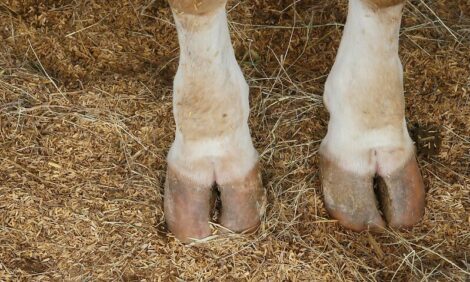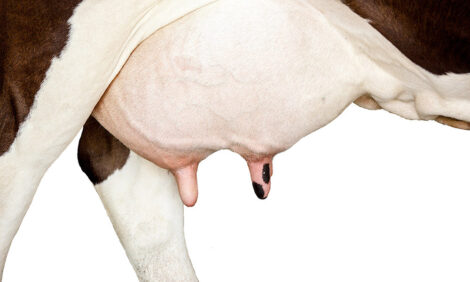



Management Tips For Grazing Canola
US - When grazing winter canola, proper management practices can make a big difference – for the cattle and the crop, said Mike Stamm, K-State Research and Extension canola breeder and Todd White, K-State Research and Extension forage agronomist.Mr Stamm and Mr White outlined points to keep in mind when grazing winter canola:
- Canola forage should not be grazed if the seed was treated with an insecticidal seed treatment. These seed treatments are systemic and can cause irritation when cattle consume the forage.
- A slightly earlier planting date is advisable to allow for maximum forage growth prior to grazing, but adjustments to seeding rates are not necessary.
- Stock the canola field when the canopy height is approximately six to eight inches tall. Generally, the most forage is available upon reaching the eight-leaf stage and canola grows vigorously at this stage.
- Adjust the stocking rate so mostly new growth is consumed and remove cattle when only half of the original forage remains. Producers may use flash grazing, which means grazing the canola for a brief period of time, removing the cattle to allow re-growth, and then returning the cattle to the canola forage.
- To better utilise the crop, graze canola with younger cattle such as stockers rather than older cows. Smaller animals cause less physical damage to the canola plant.
- No more than 75 per cent of the animals’ ration should be canola, with the other 25 per cent consisting of a lower quality, high-fiber hay.
- Since canola is relatively low in fiber, producers should exercise caution when introducing cattle to the forage and may want to consider a bloat preventer. Cattle should be full, near a source of fiber, and closely monitored when initially placed on canola pasture.
- It is critical to monitor winter canola for nitrate content before and during grazing. High nitrate concentrations may be found in the petioles of the leaves. Thus, after cattle remove the leaves and begin feeding on other plant parts, the risk for nitrate poisoning increases. Research has also shown that nitrate content decreases significantly following a series of hard freezes.
TheCattleSite News Desk


